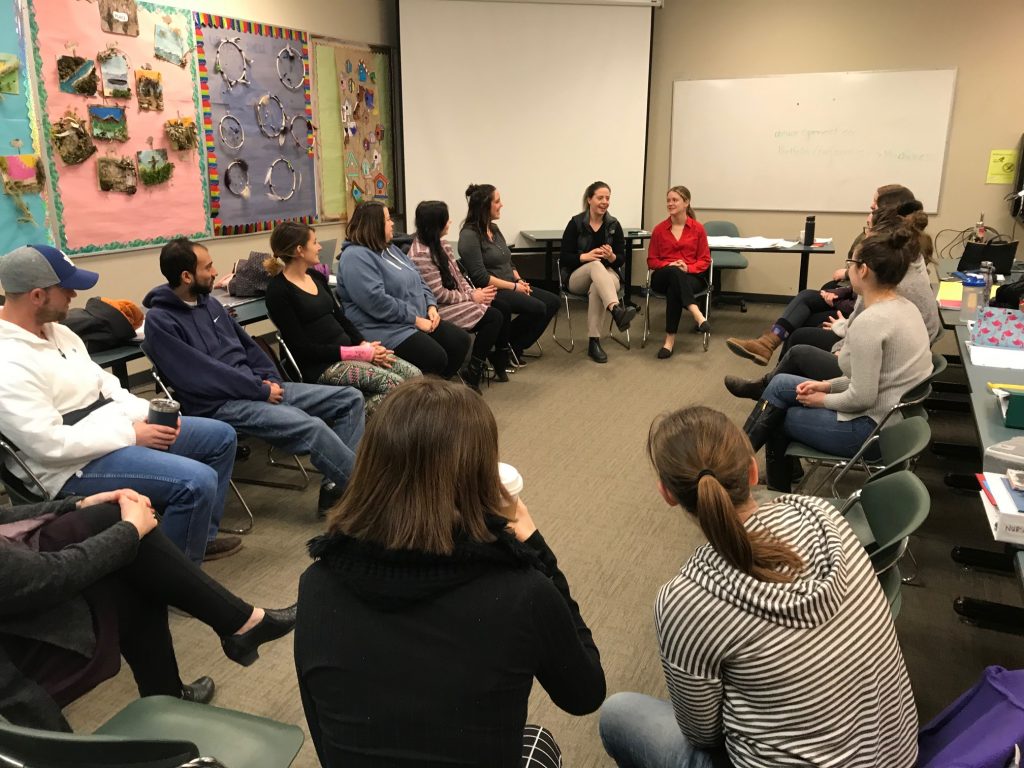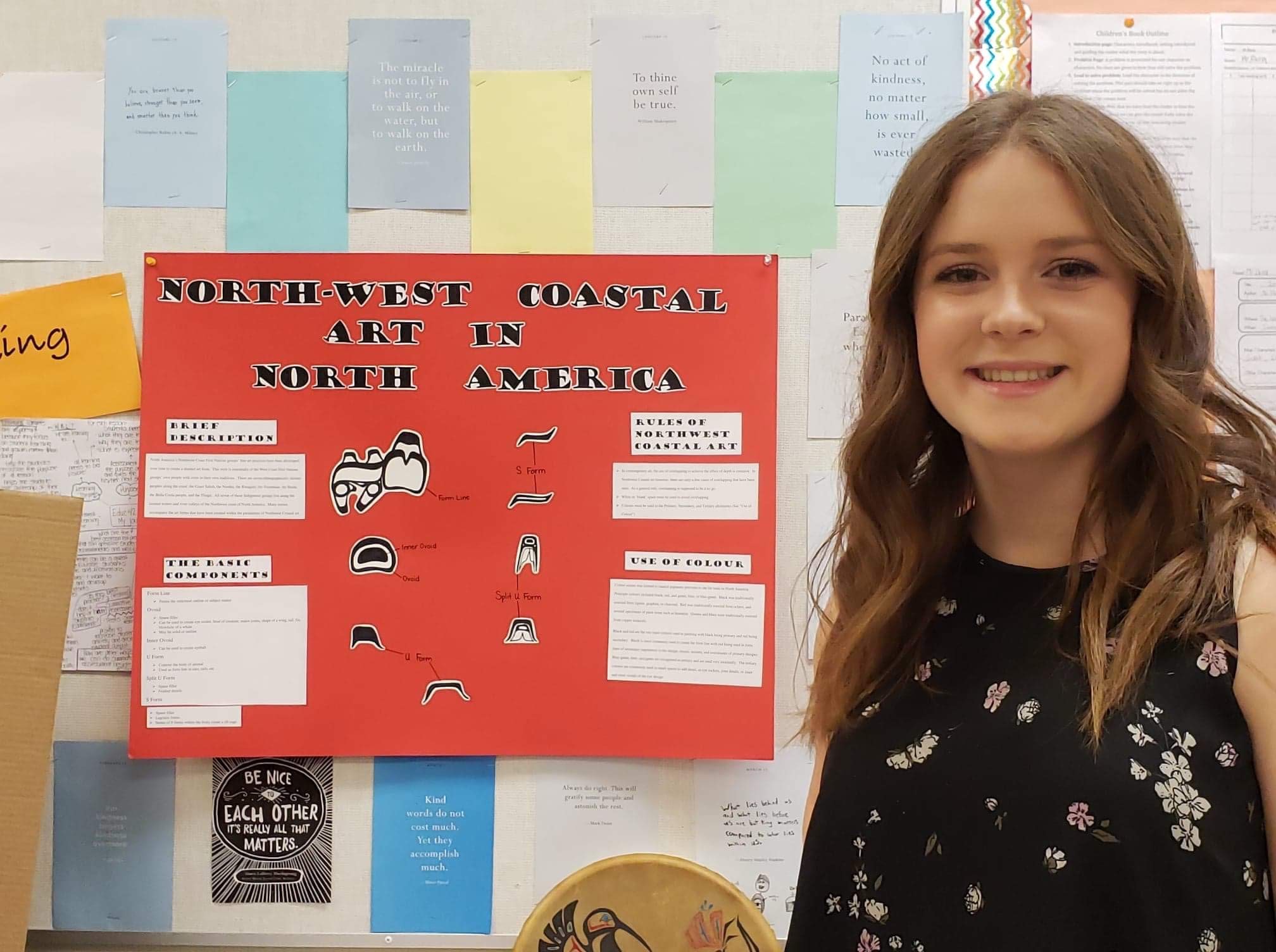Educators contribute to the profession.

Recently, myself and a fellow cohort member–Jordan Hall–went and spoke to 1st year students of the Bachelor of Education Elementary Years cohort about lesson planning at the University of Northern British Columbia. As 2nd Year Bachelor of Education Elementary Years students, we are still aware of the learning process involved in lesson planning for the first time. We felt the overwhelming task of learning how to lesson plan at the same time the year before this presentation. As we are entering the final practicum of our degree and pathways to becoming educators, we are transitioning into a space where we can give back to the program and help others learn the skills we have acquired. Lesson planning is very daunting at first and seems like an impossible task, but with the right guidance and enough practice it becomes as second nature when thinking about what you want your students to learn. Learning this skill was very important because it gave me the foundational skills to deliver meaningful lessons to my students. By going through all the motions and thinking about all the components (First Peoples Principles of Learning, Core Competencies, Content, Big Ideas, Differentiation, etc.) that I will be incorporating into my lessons, I am able to stand behind everything I teach in a day. This process is very important because if I take the time to care about what goes into my lesson then my students will feel the care that goes into each lesson and in turn be excited about learning.


Before entering the Bachelor of Education at the University of Northern British Columbia I completed a certificate in Fine Arts at the College of New Caledonia. As part of my certificate, I took an indigenous fine art class and learned several different ways of expressing indigenous culture. Now as an education student, I have learned about the importance of culture to identity. A lot of indigenous culture has been lost through cultural genocide in Canada and part of reciprocity is reintroducing that culture. In December of 2018, I was a part of the UNBC Education program’s Edu-fair. I presented on teaching Coast Salish cultural art to elementary levelled students.
My presentation included many traditional shapes, forms, and lines that make up a Coast Salish traditional art piece. Many educators observed my presentation and discussed how this could be implemented into a classroom. I hope that by sharing my knowledge of art practices, other teachers may take my ideas into their classroom and feel confident in teaching a subject that requires creativity. I have heard that many educators are hesitant to teach art because they feel that they cannot draw or are not creative enough. I believe that you do not need to be very skilled in art to teach art. All you need to teach art is resources and support from other educators. With access to the right resources, you can create a simple art lesson plan that can be the foundation of creativity for many students.
Description of the Art:
North America’s Northwest Coast First Nations groups’ fine art practices have been developed over time to create a distinct art form. This style is essentially of the West Coast First Nations groups’ own people with roots in their own traditions. There are seven ethnographically distinct peoples along the coast: the Coast Salish, the Nootka, the Kwagiutl, the Tsimshian, the Haida, the Bella Coola people, and the Tlingit. All seven of these Indigenous groups live along the coastal waters and river valleys of the Northwest coast of North America. Many stories accompany the art forms that have been created within the parameters of Northwest Coastal art.